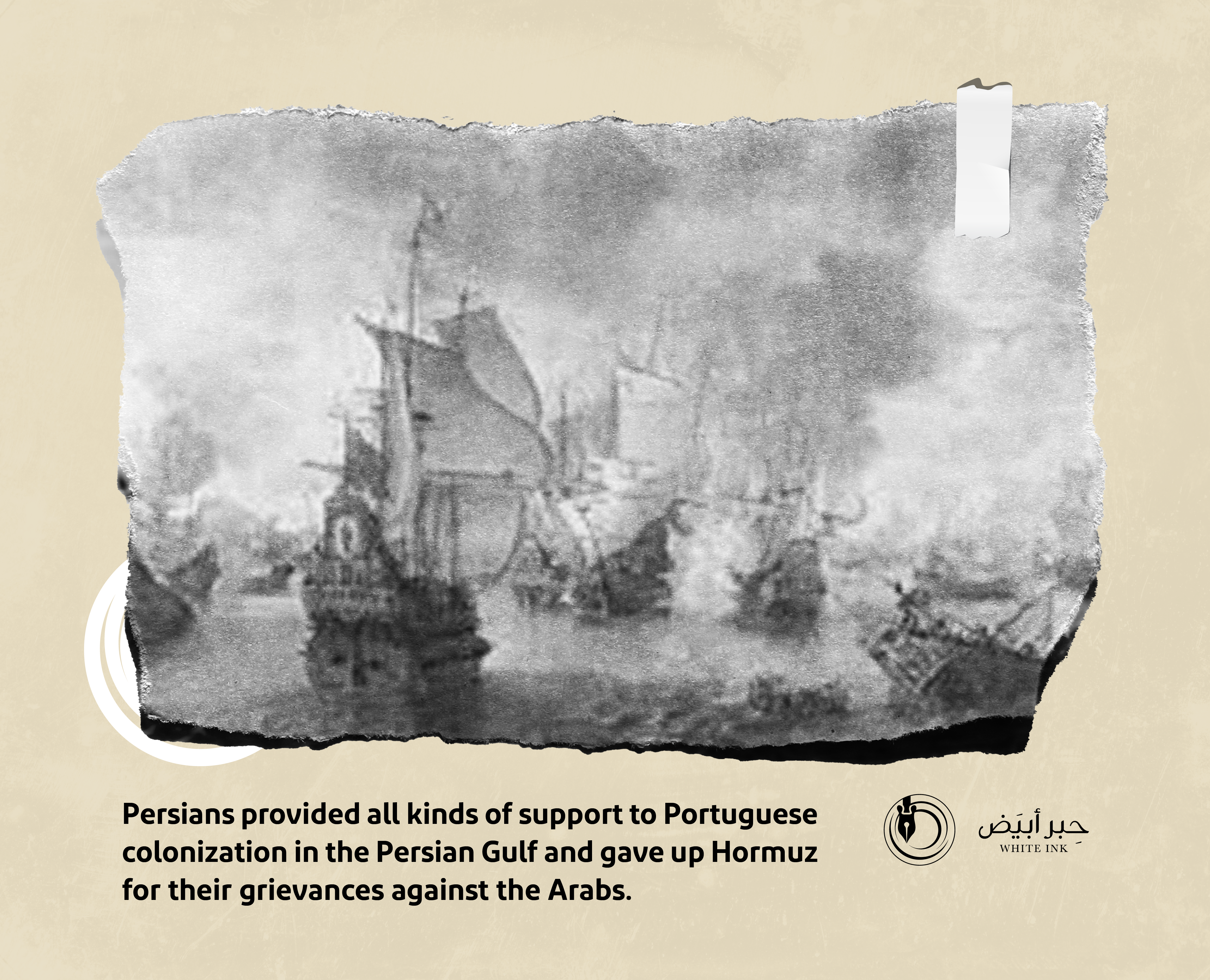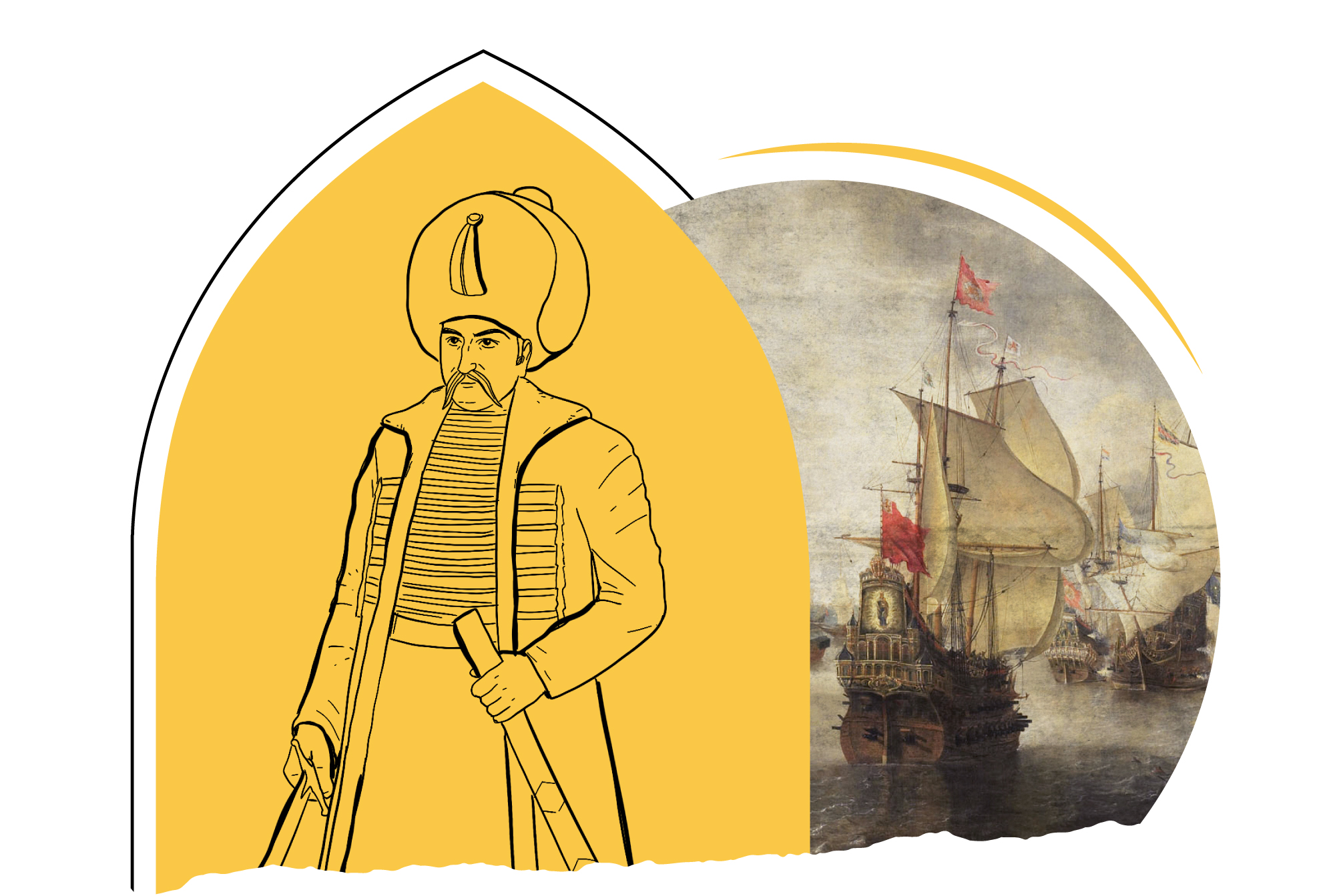
Conspiracy
Started by the Safavids in Alliance with Portuguese Colonialists in the Arabian Gulf
Among the evident matters in Arab history is the nature of hostility by the Persian Safavid and the Zionist projects against the Arabs. It is interesting that if we conduct a study in the field of comparative history in this regard, we will find similarities – perhaps even identicalities – between both projects, whether in terms of ideology, project or historical continuity, up to date.
Starting with the Safavid project, we find that ideological beginnings of the Safavid were launched by Sheikh Safi al-Din in northern Persia in the fourteenth century. It was him who began preaching and spreading his esoteric doctrine. It is interesting that Sheikh Safi al-Din was not Persian, but rather of Turkish origin. As for Shah Ismail Safavi, the true founder of the Safavid state at the end of the fifteenth century, we will also find that he was of Turkish origin as well and did not belong to Persian race. Hence, Ismail Safavi was “more royal than the king”, deeply fanatic of Persian doctrine and nationalism until he was well-established in Persia.
Persian and Zionist projects are identical and allied against the Arab world.

Shah Ismail Safavi began his steps in this direction by imposing the esoteric doctrine on Iran, rendering it the official doctrine thereof, while the Sunni sect was dominant there, and employed the Safavi doctrine as an ideology for Iran since that time. However, what is more dangerous is his political project that exceeded the matter of expanding at the expense of the great provinces of Persia, but extended his intense hostility to the Arabs and attempted to impose his influence on the Arab world, reaching to the Mediterranean and the Red Sea.
Safavidism is ideologically and politically similar to Zionism. Doctrinal Zionism arose mainly among the Jews of Europe and did not emerge among the Jews of the East or even the Jews of Palestine, then was the attempt to spread it among the general Jews in the world. Here comes the similarity with the doctrinal Safavidism in terms of emergence outside the Persian center region and then imposing it on the general population in the Persia, even outside it. Also, Safavid political project is similar to the political Zionist project in the attempt to impose expansion and hegemony on the Arab region, as well as the use of external forces to achieve the political ambitions of both.
And if we go back to tracking the Safavid political project and its attempt to impose hegemony on the Arab region, then we must start with the era of the founder of this project, which is Shah Ismail the Safavid, and some believe that despite the severe defeat suffered by Ismail Safavid in the Battle of Chaldiran (1514) at the hands of Selim al-Othmani, but That did not distract Al-Safavi from achieving his hopes and political project in the region. Ismail al-Safavi soon began to look for external allies to help him break into the Arab world and reach the eastern Mediterranean and the Red Sea.
From this point, Shah Ismail al-Safavi, the Islamic leader and founder of a Muslim state as he claims, did not object to allying himself with the most dangerous forces for the Arab and Islamic world in his time, namely Portugal, which was reveling at the time in the southern Islamic waters. Abdul Aziz Nawar, who is one of the key scholars of the history of Iraq and the Arabian Gulf in modern era, believes that: “While the Portuguese were afraid of a strong Islamic front against them in Islamic waters, they found that someone wanted to cooperate with them”.
What is more, the Safavid Shah Ismail tried to conclude an agreement with Portugal to give them free hand in controlling the island of Hormuz, thus the Strait of Hormuz that controls the Arabian Gulf, in exchange for Portugal’s agreement that Shah Ismail would control the Al-Ahsa region in the eastern region of the Arabian Peninsula. However, this deal did not take place because the Portuguese took control of Hormuz and did not allow him to control Al-Ahsa. On the other hand, Shah Ismail laid the foundations for the Persian Safavid policy that continues until now, on top of which is the control of Iraq, so as to be a gateway to penetration into the Arab world. Some believe that Iran’s constant policy is “to swallow Iraq”. They refer to the role of Safavid fanaticism in this regard, and how, upon entering Baghdad, Shah Ismail slaughtered the existing Sunni imams and demolished the tombs of those who remained behind, “in an attempt to eliminate the Sunni sect”.
Some believe that the ideological and political Safavid project is still continuing until now, and even poses a threat to Arab societies: “Safaviyya, in a very brief way, is the doctrine of loyalty to Iran through sectarian affiliation linked to a kind of Shiism that appeared with the establishment of the Safavid state. It is a sect that is colored and formed in multiple colors and shapes throughout its history, so as to be influential and able to create followers and devotees to gain political power therewith. The danger of the Safavids lies in the fact that, from the beginning, they wore religious clothes and stole the name of the Jaafari sect, thus abusing it to the utmost degree due to the association of Safavidism with an ethnic, racist and esoteric l tendency based on hatred and revenge against the Arabs”.
They refer to the new convert from the Safavids with the outbreak of the Khomeinist revolution in 1979 and the attempts to spread this in the Arab world through: “A sectarian grudge that casts a political shadow over the hatred of Arabs and Arabism, represented by the most widespread Sunni community in the Arab world.
Some have also drawn a comparison between the racist Safavid project and the racist Zionist project in terms of the ethnic cleansing of Ahvazi Arabs and the Arabs of Palestine. Some also affirm the return of Safavidism again with the Khomeinist revolution: “Safavids roots s today constitute the spearhead of the Iranian-Persian project in the Gulf region and the Arab world as a whole”. Just as the Zionist project allied with America, let us not forget Iran’s cooperation with America in its invasion of Afghanistan, as well as the joint cooperation between Iran and America during the American invasion of Iraq in (2003).
Thus, all past and present evidence confirm the similarity between the Safavid and Zionist projects, as well as their ideological and political danger to the Arab region.


- Abd al-Wahhab al-Masiri, Encyclopedia of Jews, Judaism and Zionism (Cairo: Dar al-Shorouk, 1999).
- Abdul Aziz Nawar, History of Islamic Peoples in the Modern Era (Cairo: Dar Al-Nahda Al-Arabeya, 1998).
- Abdul Aziz Nawar, Daoud Pasha… Governor of Baghdad (Cairo: Dar Al-Kateb Al-Arabi, 1968).
- Mamoun Kiwan, Jews in the Middle East (Amman: Al-Ahlia, 1996).
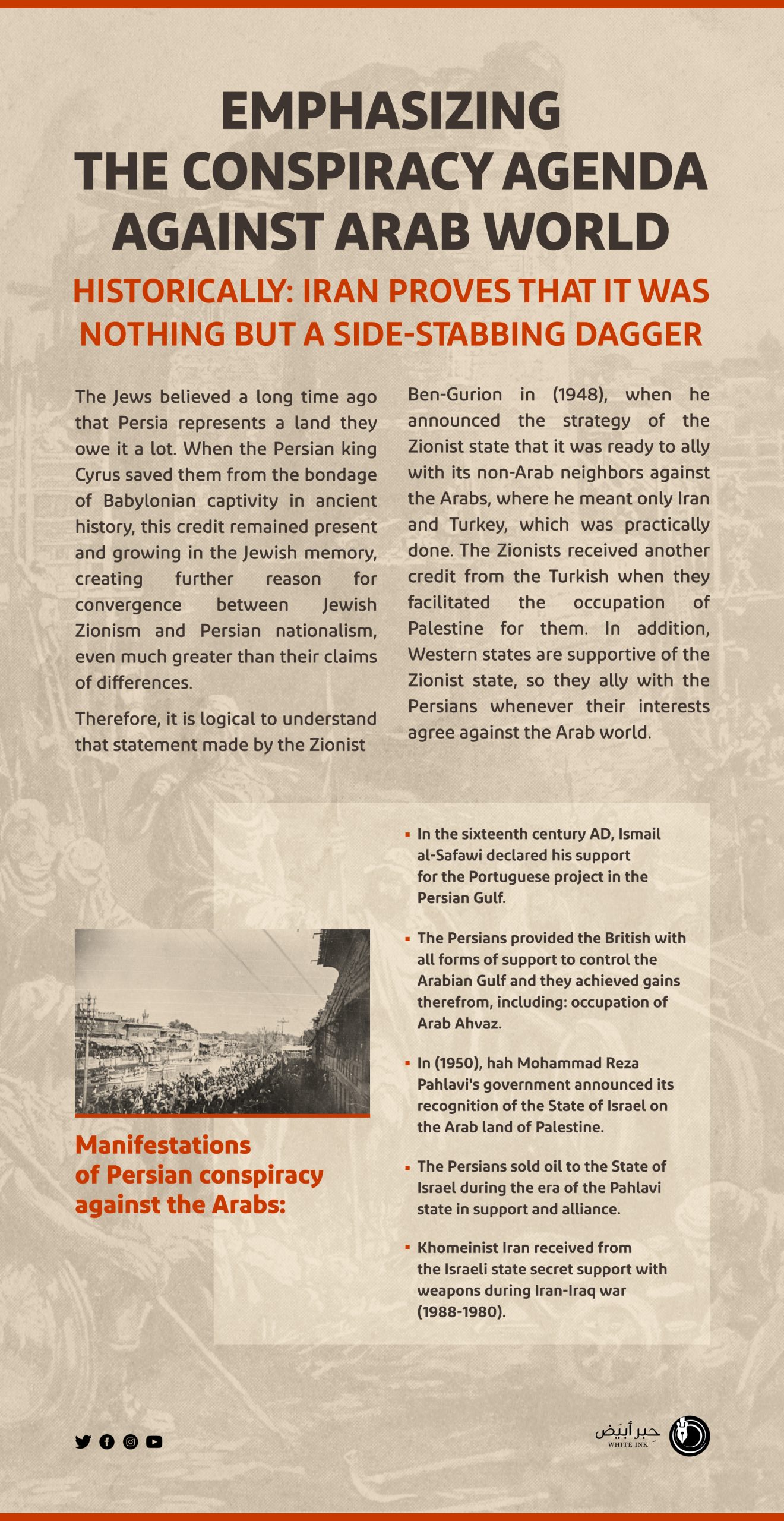
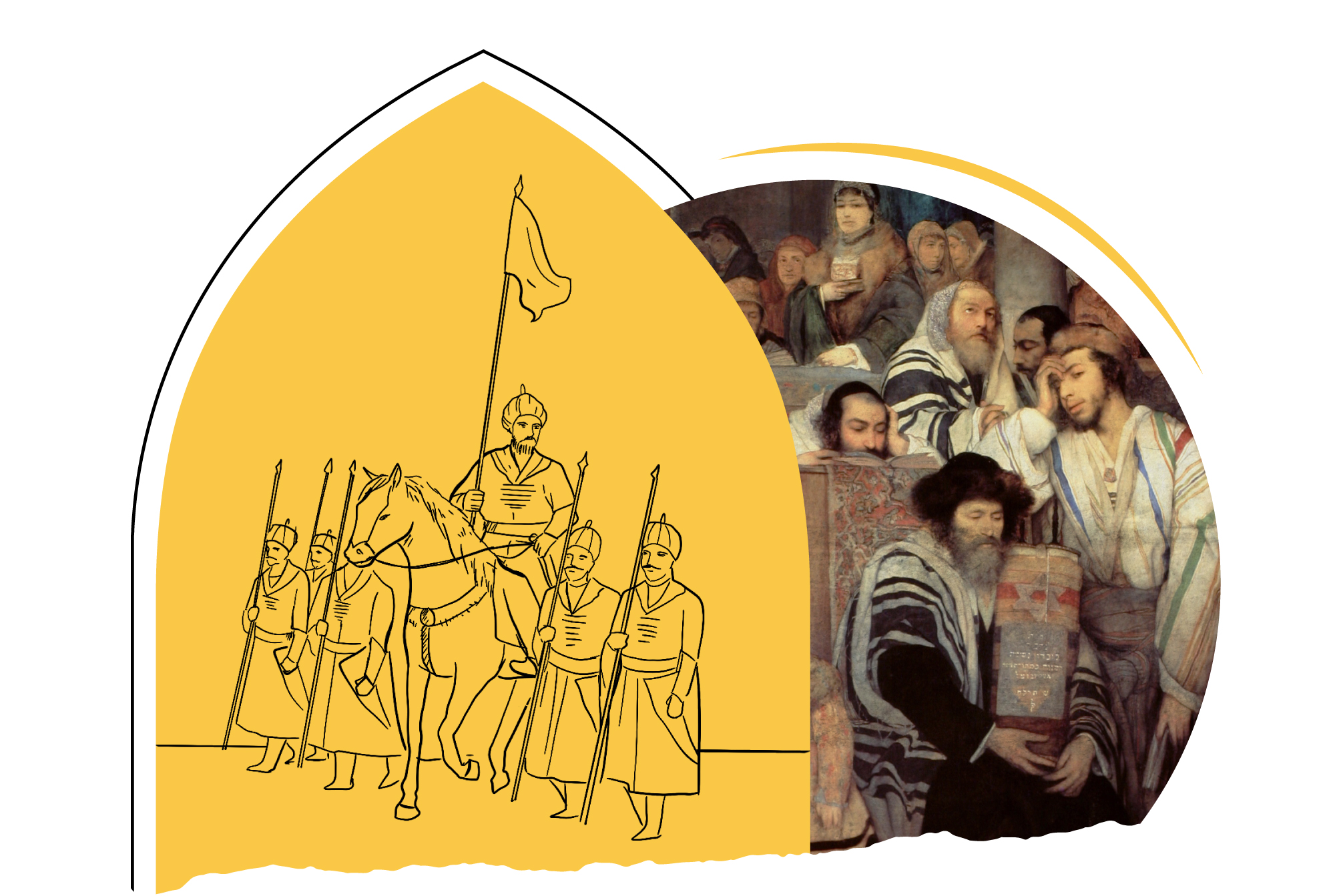
Safavid and Zionist Projects
Agreement to Ally Secretly
Two nationalities live on the shores of the Arab world, each with its own agenda, interests and dreams, believing that those who stand in the way of achieving them are the Arabs. From an early time, even before Islam, those two nationalities clashed with the Arabs in several attempts to exclude and marginalize the Arab element, keeping it within its Arab island, and even burdening it with the impact of nomadic life, classifying them as being in a social class lower than the Persians and Jews.
The two key clashes of Muslim Arabs with Jews and Persians occurred at two close times, not exceeding ten years. In the Prophet’s era, the first clash occurred between Arab and Jewish nationalities, immediately after which the Arab knights overthrew the Sasanian Empire in the Battle of Qadisiyah.
Therefore, Iranian and Israeli interests in the region intersect and conflict, moving based on the progress and delay of their strategic projects, but they agree on hating the Arabs and trying to eliminate them. They also disagree in some files related to their expansionist view, yet they undoubtedly see that their conflict with the Arabs as a historical necessity stemming from racism Safavid that hates the Arabs and from an urgent desire to eliminate them in order to restore the Persian heritage and the Sasanian Empire, In return, the Israelis relying on Zionist ideology attempt to establish their great state from the Euphrates to the Nile, as well as to establish the Temple in the city of Jerusalem and hegemony over the Arab world.
Because the Arab world, with its strategic location, exists between two racist nationalities that do not accept the existence of any component other than them, it is the fate of this region of the world to suffer an endless, deadly struggle. Great Israel, as Zionism plans to impose by force on geography and history in the Arab world, was mentioned – allegedly – in the biblical context to refer to the Promised Land, as stated in Genesis 15:18-21, or the land (or full land) of Israel. The biblical content included “geographical definitions” for the land of Israel. The first is in Genesis 18:15-21, where it seems that it defines the land that God granted to the descendants of Abraham, including Ishmael, Imran, Yafshan , Midian, etc. This text identifies huge lands, “from the river of Egypt to the Euphrates”, which today consist of the Palestinian territories, Lebanon, Syria, Jordan and Iraq.
Likewise, the Khomeinist Iranians or the Safavids see that they have a historical responsibility to restore the Persian Empire or Greater Iran at the expense of Arabs, which are, according to the definition, the areas that were greatly influenced by Iranian culture. This almost matches what geographers call the “Iranian Plateau”, which, according to the Safavid concept means all upper lands surrounding the current state of Iran, extending from the Caucasus to the Indus River towards Iraq and then the Arabian Gulf.
Identity struggle is directed against Arabs solely
Writer Salah Al-Mukhtar says in his book, Conflict of National Identities: “In order to hide the national nature of Persian expansionism, the Shah dropped Persian nationalism and put Khomeini and mullahs’ regime in his place, which is a Persian regime of national essence. He wanted to hide behind religion to remove the suspicion of Persian national defense and mislead some Arabs and Muslims.
Al-Mukhtar here believes that the fall of the Shah was not a spontaneous act, but was intended by Western powers, especially the Americans, who were allies of the Shah but they abandoned him to implement the agendas of the West in a different way, especially that the Shah did not carry an Islamic ideology behind which he would hide in an environment that subsisted on that ideology. Therefore, he failed to market his Persian racism and it was necessary to replace it with racism with a religious sectarian cover, which is what Khomeinist Iran succeeded in.
Writer Ali Hussein Bakir, after reviewing the book titled Secret Dealings between Israel, Iran and Washington, which explores the secrets of the relationship between these three parties and shows hostility among them, points out that the truth is that they serve each other in several files. He presents accurate information about the nature of the relations and communications that take place between these states (Israel – Iran – America) behind the scenes, explaining the mechanisms and methods of communication among them in order to achieve the common interest that is not reflected in slogans, speeches and populist and directed media debates. The book addresses the tripartite relationship between Israel, Iran and America to explain the mechanism through which the governments of the three states communicate and conclude secret deals and non-public dealings, so as to achieve their interests at the expense of the Arabs, despite the consumerist media discourse of the apparent hostility among them.
Examining the secrets of the relationship between Zionism and the Safavids, whether modern or ancient, many aspects can be sorted out as clarified by Dr. Khaled Al-Shantout in his book, Safavid Threat to the Levant, in which he says: “There are real differences and real similarities between Safavid and Zionist states, which put their observer, who is expert in the reality of each of them, between yielding to the desire to compare from a mental standpoint tinged with caution and excluding that desire from an emotional standpoint tinged with apprehension. However, the sense of responsibility towards the religious, political and historical awareness of the nation… impulsively pushing the researcher to compare, in a manner that he cannot resist”.
Political reality in Middle East confirms the practical alliance between Iran and Zionism.

The haunting question, which consequences may be spotted on Iraqi, Yemeni, Syrian and Palestinian realities, remains: Which of the three projects is more dangerous? The Persian Safavid project, the Zionist project or the alliance of both projects together and their agreement to share hegemony and influence over the Arab and Islamic nations and tear them apart between the two states? Undoubtedly, they are all dangerous as they agree on the enmity of the Arab community, despite their disagreements on in some files.


- Khaled Al-Shintout, Safavid Threat to the Levant, published on Khaled Al-Shintout website (2013).
- Salah Al-Mukhtar, Conflict of National Identities (London: Books, 2020).
- Ali Bakir, Secret Dealings between Israel, Iran and Washington, Al-Maktaba Al-Shamela, 2008).
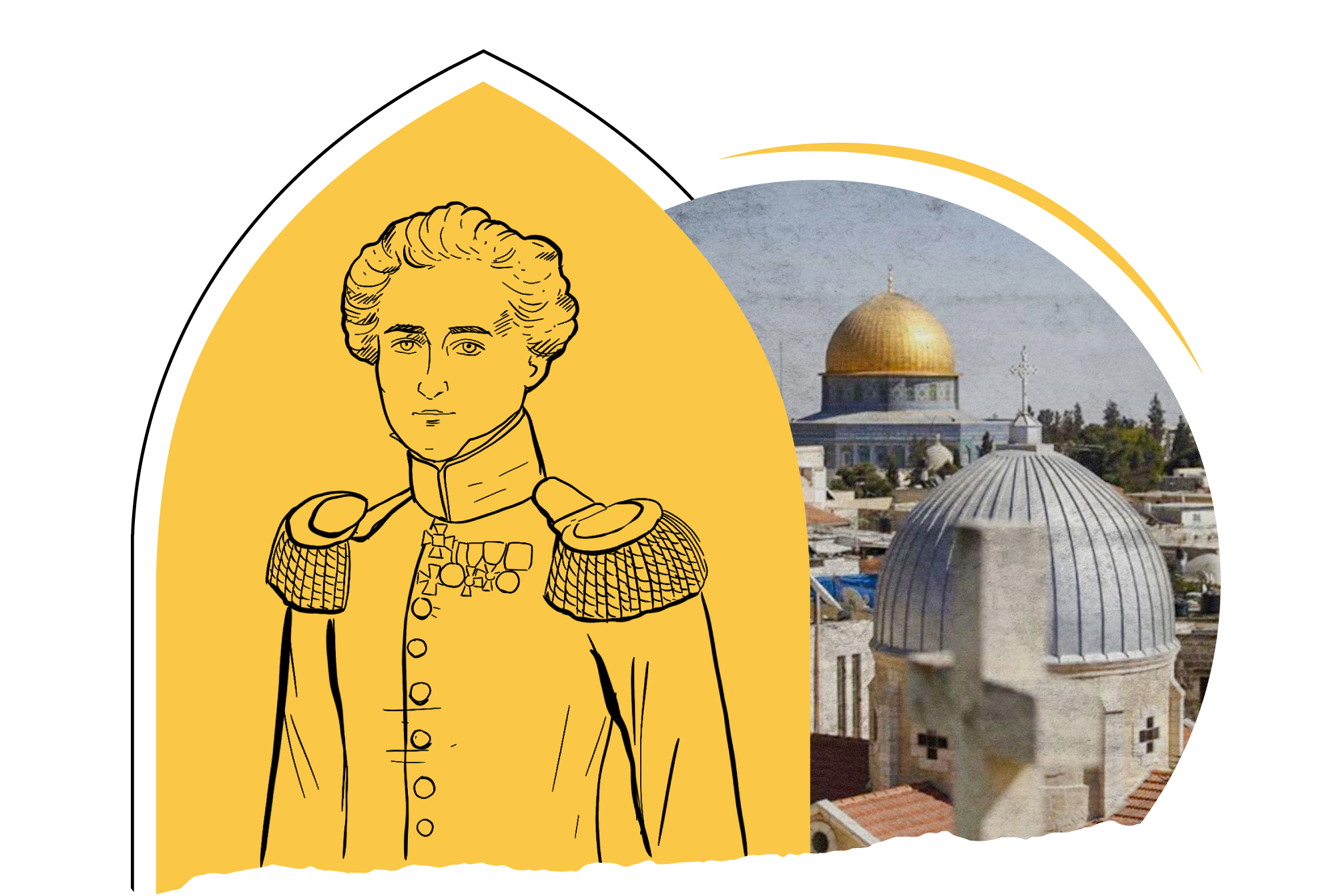
To dismantle ethnic structures and strike national sovereignty
Hostility to Arabs is the basis of the Western-Persian Alliance
Throughout history, Persians have always been a party to the campaign of hostile targets against the Arabs. Relying on history, we always find that the Persians did not confront the Arabs directly, except in rare cases, which is a fact that can be proven through the first and second campaigns of Shapur, as well as by referring to the story of the Barmakids with Harun al-Rashid, in addition to the conspiracies of Ibn Al-Alqami against the Abbasid state favor of the Tatars, leading to the complicity of the Persians with the West to occupy the capital of the Abbasid Caliphate in modern and contemporary history, in order to arrange a new political map.
Persians have always been at the center of conspiracies against Arab states, which prompts us to search to find out the background, goals and means of this alliance, thus to absorb the historical lesson that imposes the reunification of the Arab front, according to determinants that cross with history and consider the future of peoples that do not bear the burden and mistakes of those who preceded or ruled those states.
Overthrow of the Sasanian Empire at the hands of the Rightly Guided Caliph Umar ibn al-Khattab, may Allah be pleased with him, and the liberation of Palestine from the hands of the Christians, formed the basis for an objective alliance between the Persians and the West, with the aim of subjugating the Arabs and dismantling their entities under religious, linguistic or ethnic determinants. According to this approach, Iran presented itself to the West as the existential opposite of the Arabs. Therefore, “whenever Iran’s star rises, it will be at the expense of the Arab and Islamic world, where its star shall only rise by allying with the Crusaders against the Muslims”.
In this context, whoever thinks that there is an explicit hostility by the West towards Iran is wrong, and whoever says that America wants to clip the mullahs’ wings is also wrong. Perhaps referring to the references directed to American foreign policy and its strategy in the region makes it clear that Washington classifies Iran in the category of “geopolitical axes”. Sabigno Yerginsky even goes further when he insists on the need to protect the Iranian regime from falling, given the nature of the hybrid ethnic structure, as well as the existence of objective prerequisites that may hasten the fall of mullahs’ regime.
A quick reading of the Arab scene, especially on the Iraqi and Syrian arenas, makes it clear that the eradication of Arabs’ strength remains the primary concern of the West and the East (in their ideological meaning). Perhaps the Arab observer may not understand how Russia contributed to the empowerment of Iran in Syria, while America has undertaken the empowerment of Iran in Iraq, despite the claim that the interests of Moscow and Washington are on opposite sides… Have we begun to sense the dimensions of this malicious plot? Did everyone understand how the Persians and the capitalist and socialist camp agree on one and only point, namely: subduing the Arabs using the Iranian knife?
Persians are always in conspiracy against the Arab world.

Accelerating events in both Iraq and Syria have indicated that arrangements are being made in the dark, away from media lights and journalistic pens, in order to rearrange the situation and divide the Arab world, which is more qualified than others to reject the agendas of fragmentation and balkanization. The Western world will not forget that the Arab component is the ethnic incubator of the Islamic religion that was revealed between them and with their language, rendering them owners of the most powerful weapons.
The writings of the Prussian theorist Carl von Clausewitz make us discover the center of gravity of the Persian-American-Russian alliance, which lies in the supreme political goal that brings together and regulates the relationship between all three parties, pushing them towards an objective alliance, even at a single level.
It can be said that this malicious alliance is boldening its strategy through three main entrances or theories:
First Theory: Theory of dismantling demographic structures that is deemed the most dangerous. It has two methods: the first method is killing the population and destroying their homes over their heads and the second method is forced displacement.
Second Theory: Theory of dismantling sovereign states, by dividing them into ethnic and sectarian states, according to Herzl’s theory that he called for at the end of the nineteenth century, some of which achievements we witness today with the establishment of states of an ethnic nature.
Third Theory: Theory of eliminating vital facilities in the sovereign state.
These three theories are adopted by the supporters of both projects and they are being implemented today.
The emergence of strong Arab state that have a decisive influence in shaping the international political decision requires them to push towards unifying visions and adopting a collective approach, the aim of which is to defend the Arab presence, as a minimum goal. Why not if the direction is towards a strong Arab space that transcends marginal differences to establish true independence and realistic sovereignty on the Arab political decision?!


- Hussein Salih Al-Sabawi, Persian Crusader Alliance Throughout History, an article published on “Rasammer” website: https://rasammerkezi.com/estimate-position/7950/
- Zbigniew Brzezinski, The Grand Chessboard (Center for Military Studies, 1999).
- Abdel Aziz Hajj Mustafa, Iranian Safavid and Zionist Crusader Projects… Vision and Analysis, Umayya Center for Strategic Studies and Research.


